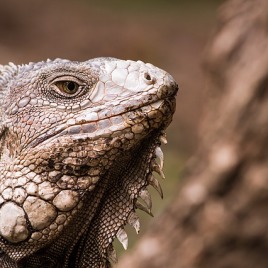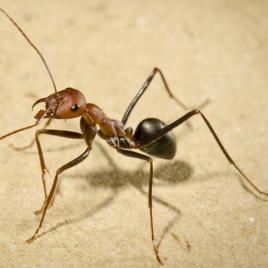The geographical origin of Pleurodonta, one of the two subdivisions of the Iguania suborder, has been unclear for many years. The oldest representative of the prehistoric iguanas was thought to come from Brazil; but a recent analysis removed it from the iguana’s evolutionary tree altogether. Two skeletons of giant herbivorous lizards found in Montana, US, […]
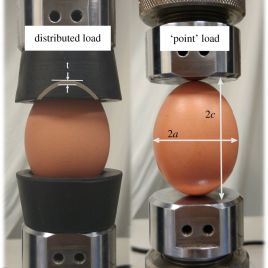
Here’s why you can’t break an egg by squeezing it
Uncooked chicken eggs break easily if dropped or knocked against a hard surface; but if you try to break one by squeezing it between your palms, you’ll soon find yourself out of luck. Researchers were curious to find out what it is about the avian egg’s shape and the structure of the shell that allows […]
Baby vital signs monitors show little benefit for parents and infants
In the era of the Quantified Self, it comes as no surprise that, along with step-counters and heart-rate monitors for adults, electronic sensors for infants are marketed as a useful child care aid to parents. But a recent analysis of several types of consumer-use baby monitors concluded these electronics show little benefit and may even […]

The mechanism behind Namibian “fairy circles”
Self-organization of plants or fungi into distinct geometric patterns, such as “fairy circles”, has been fascinating to scientists. One such example in the Namib Desert consists of patches of bare sand from one to 25 meters in diameter, surrounded by desert shrubs and tall grasses. The mechanism behind its pattern has been disputed for a […]
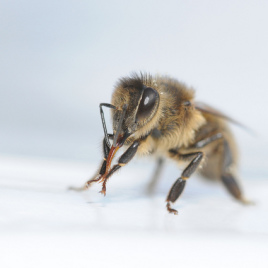
Stingless bees are more vulnerable to pesticides than honeybees
Some chemicals used in agriculture can be a threat to key pollinators like bees, which can put entire plant species at risk of extinction. A new study tested the effect of insecticides, fungicides and their various combinations on two bee species: the Africanized honeybee and the stingless bee. Results showed that the stingless bees are […]
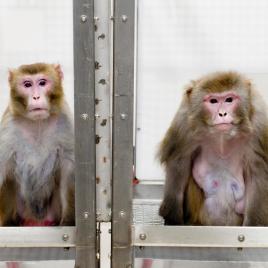
Calorie restricted diets help monkeys live longer
A few years ago, two research teams set out to answer the same question: how does a low-calorie diet affect rhesus monkeys’ health and survival? Researchers initially arrived at slightly different answers; however, after a recent collaboration and re-evaluation of pooled data from the two studies, they can say with certainty: when it comes to […]
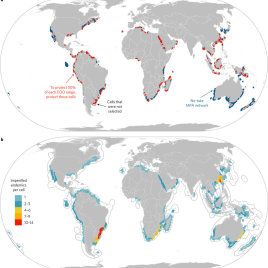
Marine protected areas need expansion to prevent shark, ray and chimera extinction 
Marine protected areas (MPAs) are established all over the world to help preserve imperiled species. But the process of identifying these areas doesn’t always prioritize species most at risk of extinction. A new study focuses specifically on the endangered chondrichthyans (such as sharks, rays and chimeras) and their representation in the existing MPA network. Results […]

Newly discovered groups of dwarf galaxies can help scientists understand galactic growth 
Galaxies are thought to form by the process of several smaller galaxies merging together. Now, scientists might be able to observe the process firsthand, after a recent discovery of seven groups of dwarf galaxies in the dark skies. The researchers used the largest optical survey of the night sky, as well as four different telescopes, to identify […]
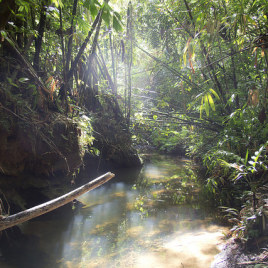
Effects of climate change on the inhabitants of Borneo’s tropical rainforests 
As global temperatures rise, unique ecosystems within tropical rainforests need to adapt to the changes. A new study looked at several species’ activity at each hour at each location on the landscape and projected how the spatio-temporal habits might change in a warmer environment. Results predicted a negligible effect on large animals; but smaller animals, […]

A third of Canadian adults recently diagnosed with asthma don’t have it 
Asthma is often diagnosed purely on the patient’s self-reported symptoms and the physician’s observations, a recent study found. But 33% of adults recently diagnosed with the respiratory disease didn’t actually have active asthma, and over 90% of these patients were able to stop taking medication and remain safely off it for a year. The study […]
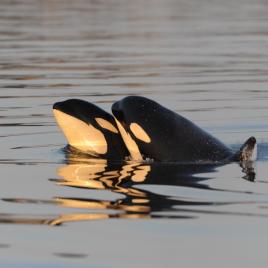
The real reason why female killer whales go through menopause 
Killer whales are one of only three species to survive long past their reproductive years. It was thought that the main reason for menopause in female whales was family collaboration, since older females play a crucial role in helping find food for the younger family members. But a new study shows that older females’ calves […]
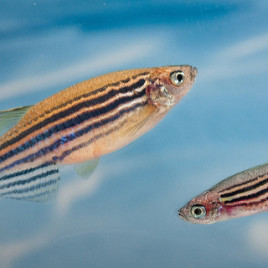
Exposure to low oxygen levels as embryos shapes adult zebrafish behavior 
As a result of climate change, low-oxygen or hypoxic areas have spread to many fish habitats over the past few years. A new study attempts to understand the effect of the exposure to hypoxic conditions during embryo development in zebrafish on their behavior later in life. Researchers found that zebrafish that were exposed to […]
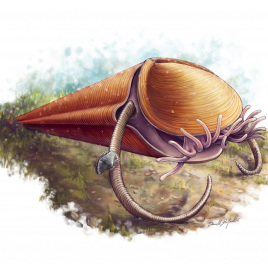
Extinct shelled fossil finds its true niche 
Hyoliths, extinct sea creatures from the Cambrian period known for their cone-shaped shell and unusual appendages, have long been mistaken for a type of mollusc. However, a recent discovery by a U of T undergraduate student revealed that hyoliths belong to a group called lophophorates. The main trait that defines living lophophorates, such as brachiopods […]
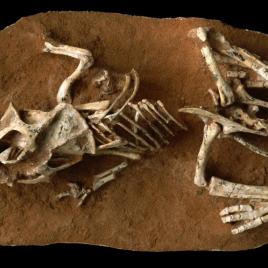
Dinosaur eggs resemble those of reptiles more than birds 
Birds are the closest living relatives of dinosaurs, which is why it was long assumed that dinosaur eggs developed similarly to avian embryos. But new research found that the incubation period for dinosaur embryos was approximately 3 to 6 months, which is closer to the development of reptile eggs. Researchers came to this conclusion after […]
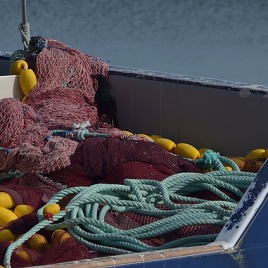
INFOGRAPHIC | New climate target could bring in six million tons of fish annually 
If countries are able to meet the Paris Agreement global warming target of 1.5 degrees Celsius, potential fish catches could increase by six million metric tons per year. Researchers found that for every degree decrease in global warming, potential fish catches could yield an annual increase by more than three million metric tons. According to […]
